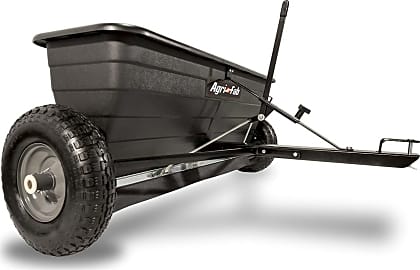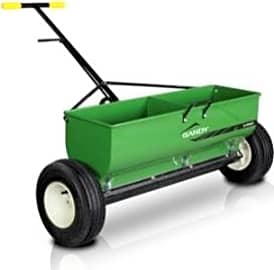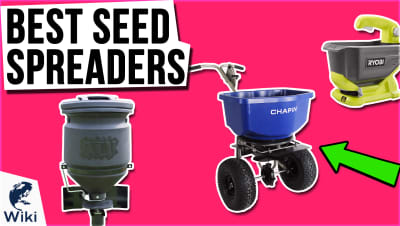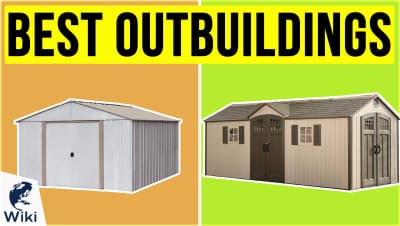The 6 Best Drop Spreaders

This wiki has been updated 24 times since it was first published in February of 2019. If you want to have a lawn that's the envy of the block, you'll need to provide it with seed, fertilizer, and other products, and know how much you're giving it. These drop spreaders can help with that, as unlike their broadcast counterparts, they maintain a tight dispersal area. Beyond keeping your grass green, they can also be used to distribute salt or sand during the winter months. When users buy our independently chosen editorial selections, we may earn commissions to help fund the Wiki.
Editor's Notes
October 14, 2020:
It's important when evaluating drop spreaders that you don't inadvertently set your sights on a broadcast spreader, which can be good for applying ice or grass seed in certain situations, but which are often much less exact than their drop-style cousins. Beyond that, considering what you need to spread and how much ground you need to cover will go a long way toward pointing you in the right direction.
If you need to spread a large amount of salt, for example, the Chapin International 8500B is a fine choice, not least of all because of its durable, all-steel drive train and rolled hopper edges. It also boasts a 200 pound capacity and has a third wheel at the center back position for added stability. And if you're the type to let your salt get a bit chunky in the off season, the SaltDogg WB400 Professional comes with a sifting grate to break up pieces even before they reach its capable agitator. On the other end of the spectrum are models like the Scotts Classic, which are undeniably smaller and weaker, but that can make quick work of seeding or fertilizing a small yard.
March 20, 2019:
We strove to include both tow-behind and push models, as your particular situation will dictate which is the better option for you. As such, it's probably safe to consider the Agri-Fab 45-0288 and Scotts Classic as #1 and #1A on this list, as they represent the best of their respective types. Most city dwellers will have no use for a tow-behind machine, while those who live on a more expansive property aren't likely to want to spend their weekend pushing a narrow spreader in the hot sun. The Gandy Variable Rate represents a middle ground between the two spreader types, but the high price tag puts it in a kind of no man's land, as it may be too expensive for the average homeowner yet not efficient enough for the professional landscaper.











